Plan a Local Mountain Adventure for Winter 20/21
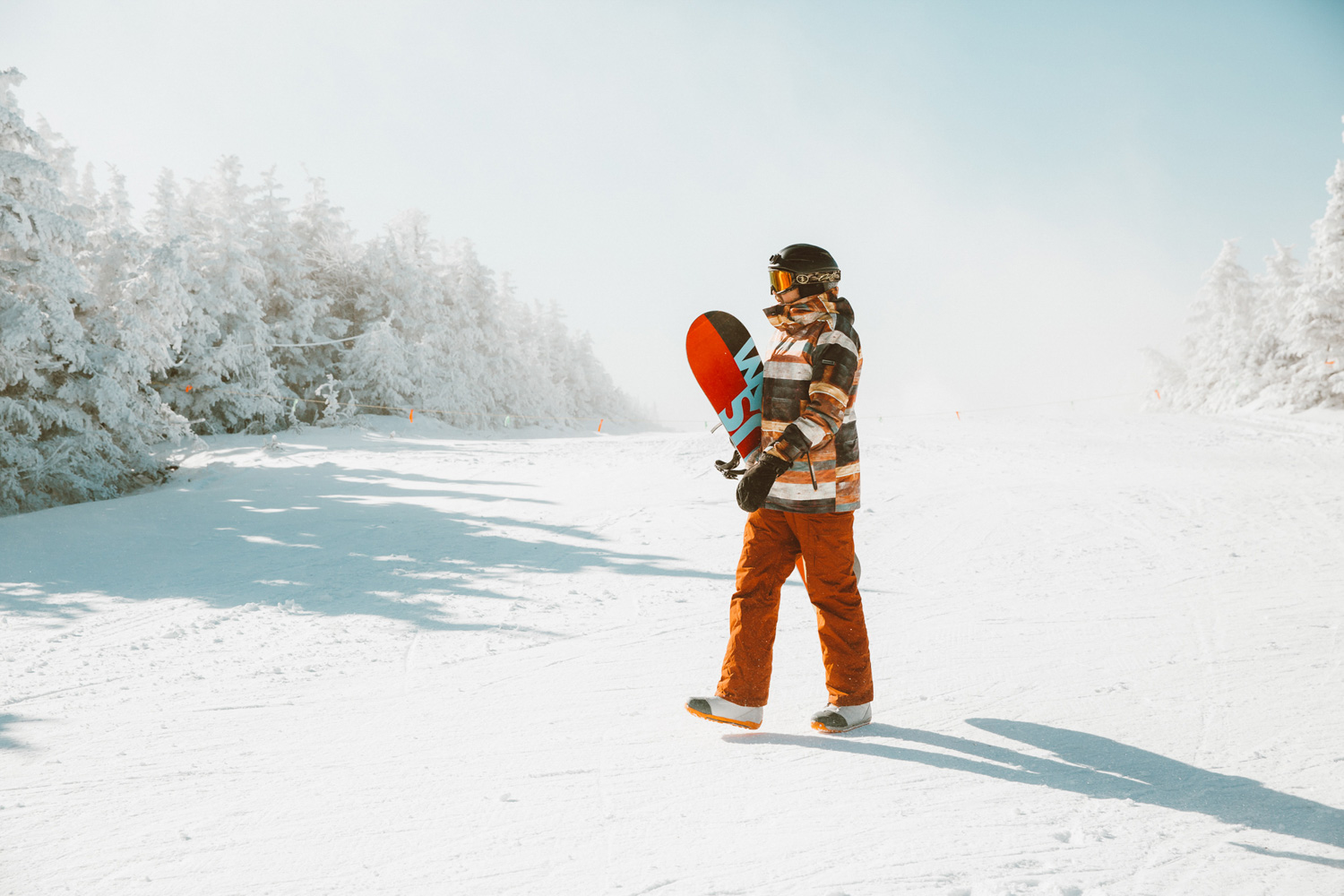
Plan a Local Mountain Adventure for Winter 20/21
Words by Laura Borichevsky
Sponsored by Ikon Pass
Getting to the mountains during a winter when traveling responsibly is top of mind means that this snow season will come with unique considerations—but also opportunities. This is the year to make friends with your home mountains, or ones you find in your region, and learn more about what makes them special to you.
Making memories in fresh mountain air, learning how to snowboard for the first time, or even having your own socially-distanced après ski can still happen, which is why we’re sharing a handful of incredible regional mountain locations you can find close to where you’re located (all of which can be accessed with the Ikon Pass), in addition to some tips for making the most of your snow season this year.
Read on and get to planning!
A Few Select US Ski Resorts, by Region:
West
Washington
2,600 acres | 85 designated trails | 466” average snowfall
Indigenous land of the Puyallup and Yakima
- Activities: Skiing, snowboarding, gondola rides, night skiing, snowshoeing
- Near to: Seattle, Portland, and Mt. Rainier National Park
- What makes this resort special: Kids under 10 ski for free!
Oregon
4,323 acres | 101 designated trails | 462” average snowfall
Indigenous land of the Kalamath and Molalla
- Activities: Skiing, snowboarding, snow tubing, dog sled rides, snowshoeing
- Near to: Portland, Eugene, Bend
- What makes this resort special: You can join a “Ski with a Ranger” tour and hit the slopes with a naturalist who will take you on an interpretive snow journey!
California
438 acres | 17 miles of designated trails | 100” average snowfall
Indigenous land of the Serrano
- Activities: Skiing, snowboarding, snow tubing, snowshoeing
- Near to: Los Angeles, Joshua Tree National Park
- What makes this resort special: Big Bear Mountain Resort comprises two mountains: Bear Mountain and Snow Summit!
3,500 acres | 46 designated trails | 400” average snowfall
Indigenous land of the Northern Paiute, Western Monache, and Eastern Monache
- Activities: Skiing, snowboarding, snow tubing, snowmobile tours, snow cat tours, naturalist tours, gondola rides
- Near to: Sacramento and Lake Tahoe
- What makes this resort special: Mammoth Mountain has plentiful opportunities to learn and experience backcountry skiing and touring– from trail systems to beginner lessons and more.
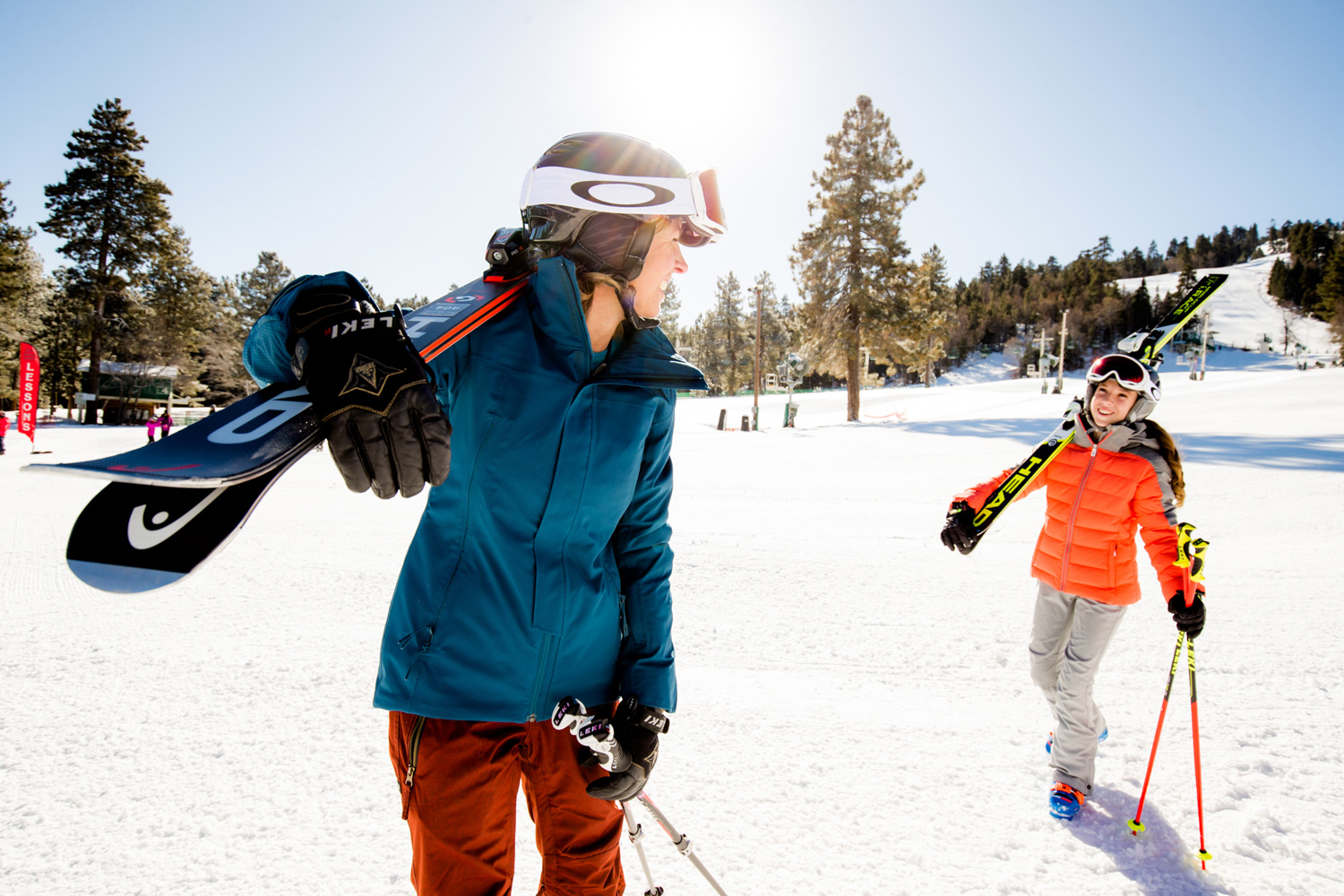
Southwest / Rockies
Colorado
3,081 acres | 166 designated trails | 348” average snowfall
Indigenous land of the Cheyenne and Ute
- Activities: Skiing, snowboarding, snow cat tours, ski bike tours, snowshoeing
- Near to: Denver and Rocky Mountain National Park
- What makes this resort special: Winter Park is divided into seven territories to suit a variety of activities, recreation styles, and experience levels!
2,965 acres | 169 designated trails | 349” average snowfall
Indigenous land of the Ute
- Activities: Skiing, snowboarding, sleigh rides, snowmobile tours, racing, night skiing, gondola rides
- Near to: Denver, Boulder, and Rocky Mountain National Park
- What makes this resort special: Steamboat is home to the Outlaw Mountain Coaster, which is, at present, the longest coaster in North America at 6,280 linear feet. You can enjoy all the fun of speeding through the mountains without the gear if hitting the slopes isn’t your priority– or you can get a totally different take on a place you’ve been exploring on groomers!
Utah
1,050 acres | 66 designated trails | 500” average snowfall
Indigenous land of the Shoshone and Goshute
- Activities: Skiing, snowboarding, snow bike rentals, night skiing, naturalist tours
- Near to: Salt Lake City, Bonneville Salt Flats
- What makes this resort special: Brighton is known worldwide for its light, fluffy snow– which makes for the best pow days a snow recreationalist could possibly hope for.
2,500 acres | 169 designated trails | 500” average snowfall
Indigenous land of the Shoshone and Goshute
- Activities: Skiing, snowboarding, aerial tram, helicopter skiing, night skiing, snowshoeing, avalanche education, snowcat skiing, naturalist tours
- Near to: Salt Lake City, Bonneville Salt Flats
- What makes this resort special: If you’re feeling like more of an off-the-slopes day or possibly some post-run recovery, Snowbird Resort offers a spa with over 21 treatment rooms, movement classes, hot tub, pool, and more
New Mexico
1,294 acres | 110 designated trails | 300” average snowfall
Indigenous land of the Jicarilla Apache, Pueblos, and Ute
- Activities: Skiing, snowboarding, snowshoeing
- Near to: Taos, Santa Fe, Great Sand Dunes National Park
- What makes this resort special: Taos Ski Valley is the world’s first B-Corp ski resort, doing what they can to support their local Taos community and act as a force for good.
Midwest
Michigan
435 acres | 57 designated trails | 140” average snowfall
Indigenous land of the Jicarilla Apache, Pueblos, and Ute
- Activities: Skiing, snowboarding, snowshoeing, groomer rides, horseback riding, ziplining, fat tire biking, snow bike riding, ice skating, snow tubing
- Near to: Detroit, Traverse City, Lake Huron
- What makes this resort special: Boyne Mountain is home to a Bavarian-style village and includes plentiful ski alternatives, such as the Mountain Grand Lodge and Spa as well as Michigan’s largest indoor waterpark!
East
West Virginia
257 acres | 60 designated trails | 180” average snowfall
Indigenous land of the Yuchi, Calicuas, and Moneton
- Activities: Skiing, snowboarding, snowshoeing, RZR rides, snowmobiling, sleigh rides, spa experiences
- Near to: Charlottesville, Richmond, George Washington and Jefferson National Monument
- What makes this resort special: Snowshoe is known for its wide range of experiences available—from beginners to experts, there are activities available for everyone!
Vermont
4,000 acres | 111 designated trails | 250” average snowfall
Indigenous land of the Wabenaki Confederacy and Abenaki
- Activities: Skiing, snowboarding, snowshoeing, cat ski tours, groomer rides, sunrise tours, racing, kid adventure zone
- Near to: Boston and the White Mountain National Forest
- What makes this resort special: Sugarbush is known for its uncrowded areas across six mountain areas of the resort, which makes for a truly unplugged experience!
New Hampshire
370 acres | 61 designated trails | 160” average snowfall
Indigenous land of the Wabenaki Confederacy and Abenaki
- Activities: Skiing, snowboarding, snowshoeing
- Near to: Boston, Manchester, Lake Champlain
- What makes this resort special: Located in the White Mountain National Forest, Loon Mountain has been taking intentional steps toward more sustainable practices resort-wide, such as reducing single-use waste products and cutting energy usage.
Maine
870 acres | 61 designated trails | 167” average snowfall
Indigenous land of the Wabenaki Confederacy, Abenaki, and Arosaguntacook
- Activities: Skiing, snowboarding, snowshoeing, night skiing, ice skating, ice climbing, bowling, spa experiences, snow tubing, snow biking
- Near to: Boston, Portland, White Mountain National Forest
- What makes this resort special: Snow River has a weekly “Dive In Theater” movie night at the heated pool at the Grand Summit Hotel for guests, which is something we had never heard of before at a snow resort!
1,230 acres | 154 designated trails | 200” average snowfall
Indigenous land of the Wabenaki Confederacy, Abenaki, and Nanrantsouak
- Activities: Skiing, snowboarding, snowshoeing, fat biking, ice skating, anti-gravity complex for skating and trampolining, snow biking, snow cat skiing
- Near to: Portland, White Mountain National Forest
- What makes this resort special: Sugarloaf is the second largest ski destination east of the Mississippi, with Sugarloaf as Maine’s second highest peak!
Tips on Safe Travel & Recreating Responsibly this 20/21 Season
Before You Go
Make reservations! Unlike other seasons you may be used to, many ski resorts are operating on a reservation system to ensure that things can remain as socially-distanced as possible. For the resort you’re planning to head to, look online or call their ticketing office to see what their individual protocol is– and do it early so you know you’ve got a spot saved.
If you’re staying overnight, know your plans—don’t just wing it. Whether it’s camping in your vehicle, renting an AirBnb, or splurging on an incredible resort or cabin experience at the resort you’re heading to, having a reliable plan in place for staying overnight is crucial so you don’t end up taking a long drive to realize that the accommodations you were hoping to use are already booked up.
Familiarize yourself with the resort, city, and county protocols on public health mandates and guidelines. This way, you can show up prepared and ready to enjoy your time.
Know your route, and have a back up. As with any time you’re planning road travel, ensuring you know where you’re heading before you get in the car is critical. Additionally, with the unpredictable nature of the winter season, be ready for inclement weather, mountain traffic, and the potential for being rerouted due to avalanche danger.
Have emergency kits and a roadside assistance plan. We hope your journeys this season are smooth sailing (or rather, driving!), but it pays to have everything you need in case of an emergency, as well as a roadside assistance plan to help get you out of tricky situations.
Bring proper PPE and sanitizing materials. Face masks, hand sanitizer, bleach or alcohol wipes, and potentially gloves are all things to make sure you have with you on the road or while you’re away from home. Also, as we begin to get into seasons with more precipitation, remember that your face masks will also need to be able to withstand a little rain or snow!
Do what you can to mitigate the possibility of being a vector for viral spread. This looks different for everyone based on what is available to you, but if you can, consider getting tested prior to arriving at the resort, even if you don’t have symptoms. Many travel-based companies are recommending that negative tests produced within 72 hours of leaving your hometown is best, but this also could vary depending on how long results take to come back. Whether you can or can’t get tested, limiting your exposure to other people and public spaces for 14 days prior to travel is ideal. And—of course: if you have any symptoms whatsoever, your trip will have to wait.
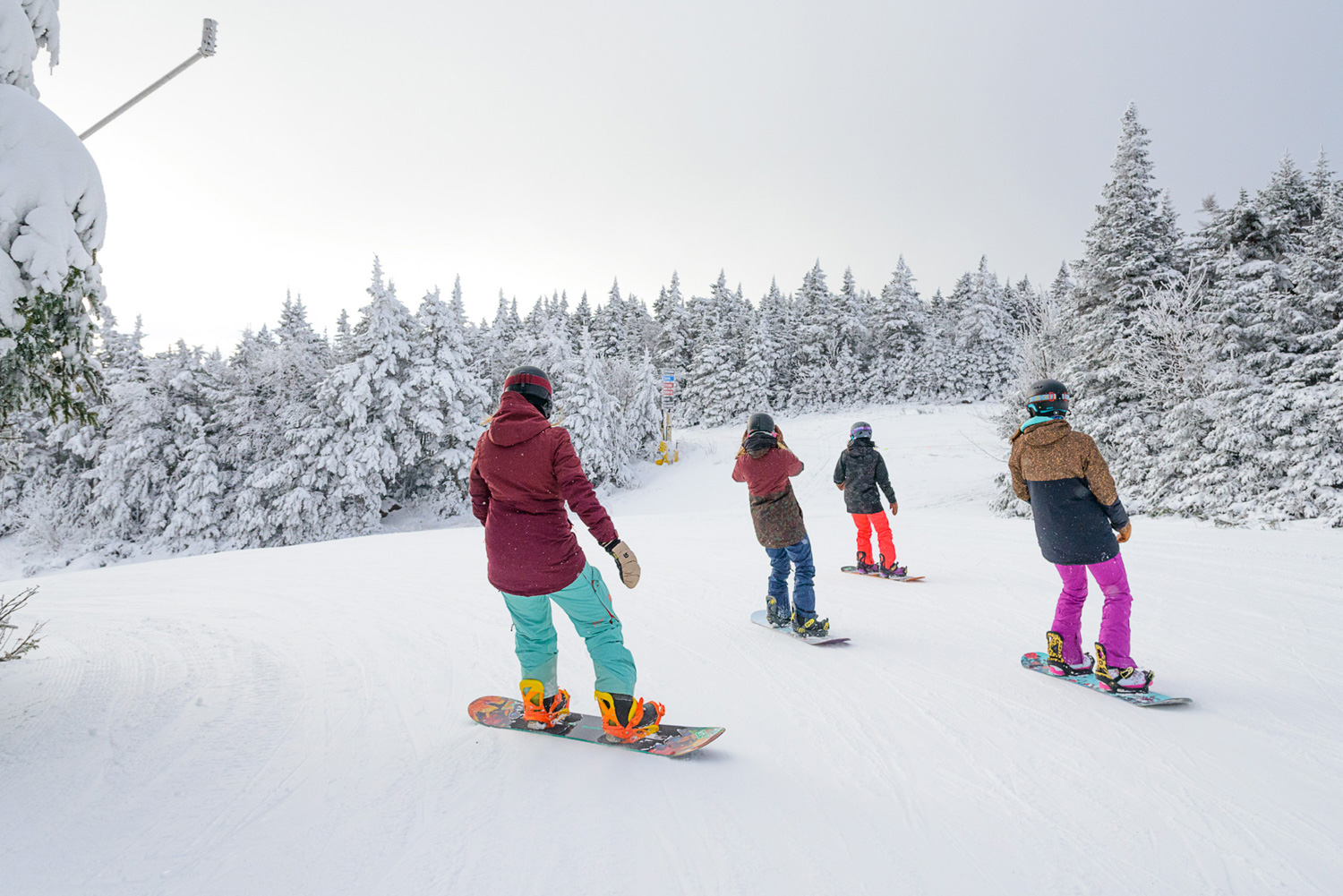
While You’re There
Be patient, flexible, and understanding. If you’ve been to a mountain resort before, things are likely going to look and feel different, especially during the beginning of the season as operations managers and staff streamline systems.
Follow resort protocol at all times—at a minimum. This one feels obvious, but do your best to listen to requests from staff, and read all of the signs posted around the mountain. It’s easy to go into “vacation mode” while on a trip and ignore the rules, but public health is something everyone is individually responsible for and following the guidelines helps keep mountain resorts open for everyone during this season.
Be considerate of other recreators. Whether indoors or outside, respect others you’re sharing a space with by maintaining social distance (6 feet or greater) whenever possible. Additionally, practice waving to folks (instead of shouting greetings) and follow mask etiquette at all times. You never know who is immunocompromised or has someone in their life who is.

Journal your trip to keep track of where you went and when. Some of us already love to document our trips with photos or a travelogue, so why would we suggest this when it comes to responsible recreation? Contact tracing. Data shows that you might be incubating the virus (and potentially contagious through “viral shedding”) for up to 14 days prior to showing symptoms or testing positive. That means that if you do end up testing positive for COVID-19 within a couple weeks of when you return from your trip, it won’t take much effort to recall all of the places you went so you can let those establishments know.
Find ways to support the mountain towns you’re going to that are most feasible for you. The ways you typically contribute to local economies might look different this season. For instance, you might be limiting your exposure to other people by bringing groceries with you on your trip, or avoiding going into gift shops. The good news is that there are lots of ways you can care for the places and communities you care about! Consider other ways to pay it forward to the communities you pass through. Maybe you fill up on your gas in town before you leave to head home, or perhaps you get takeout one night and bring it back to your camp to support a local restaurant. Getting creative and keeping an open mind helps others to stay in business.
When You Return
Wash everything. Washing all of your wearable gear immediately and wiping down surfaces you touched often (like your car door handles or ski bindings) with sanitizing agents will help to mitigate your risk of viral spread.
If you can, get tested and limit your contacts for 14 days following your trip. If testing is available to you, consider getting tested a few days after you come home, and until you know more, limit your exposure to others significantly. Even after receiving a negative test, keep your distance from others not in your household to the best of your ability for 14 days to ensure you aren’t passing the virus to someone else.
Stay plugged into the local public health news for the area you visited. If there is a known outbreak you learn about within a couple weeks following your trip, it’s possible you were exposed and would be a good indicator that, if you haven’t yet, it’s time to get a COVID-19 test.
Share information and photos thoughtfully with your community. If you choose to share your experience, do your best to share more than the highlights so folks can understand the responsibilities and planning involved in creating a local mountain adventure in 2020.
This guide was produced with support from Ikon Pass. Discover more about the mountains in your region, and stay close but go far with the only multi-mountain pass you’ll need this year, at ikonpass.com. Looking for more confidence to ride in winter 20/21? All passes are protected by Ikon’s Adventure Assurance.
Photos courtesy of Alterra Mountain for Ikon Pass
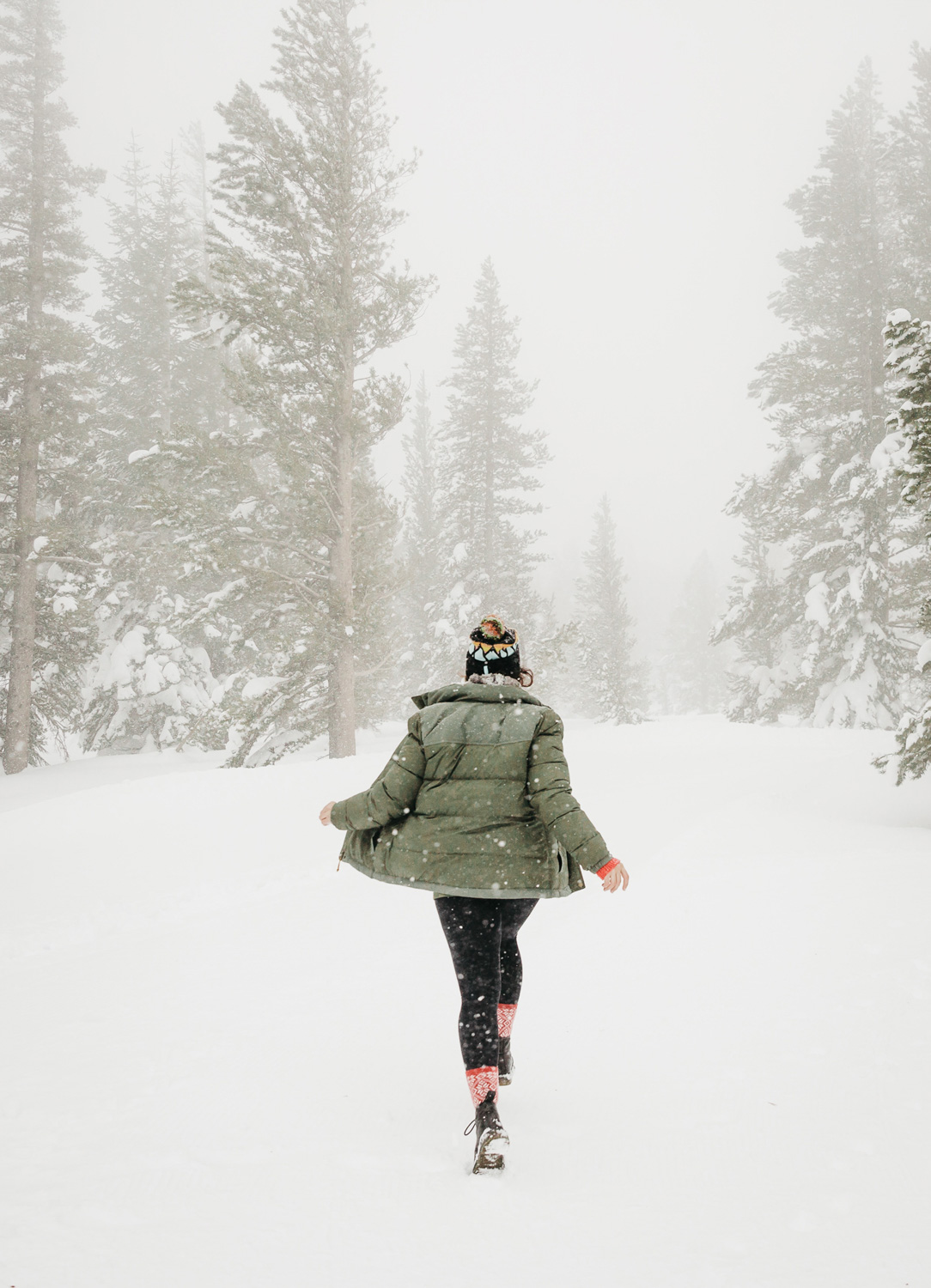
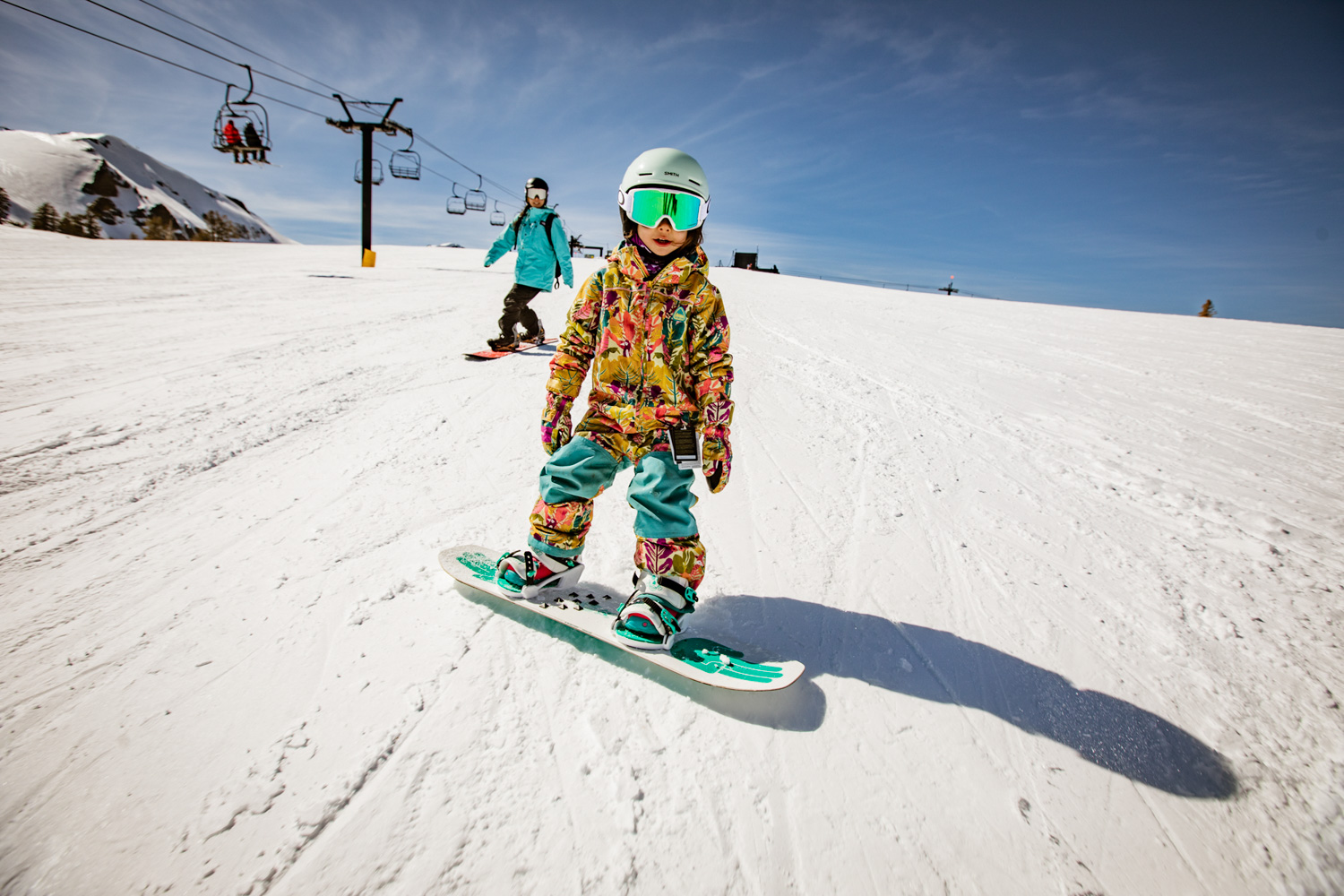
Be the first to comment